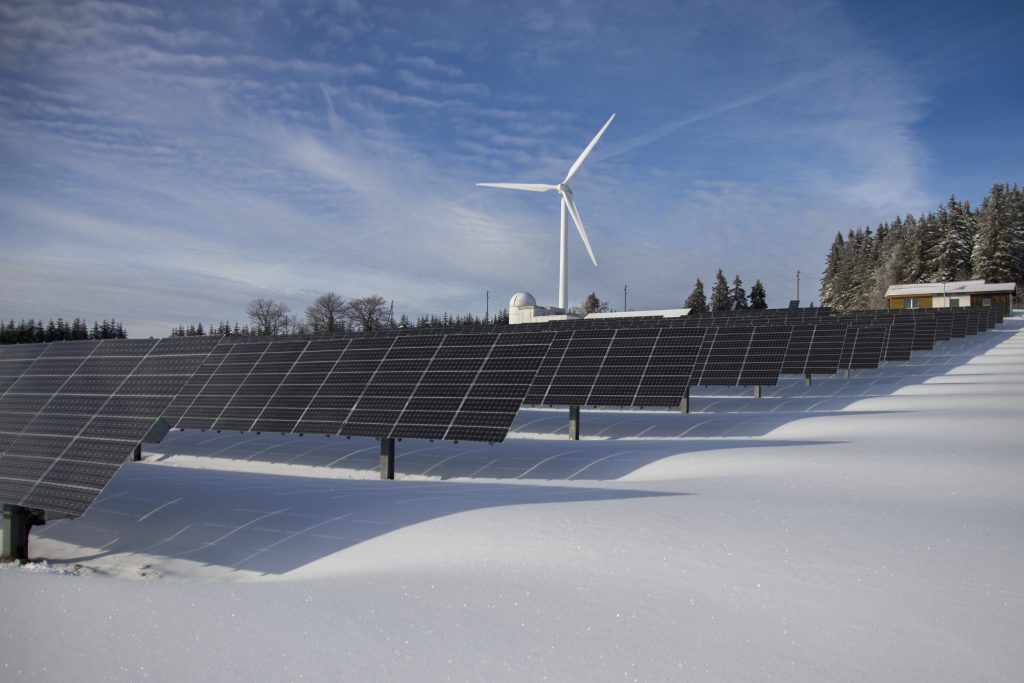
Over the last decade, we have been seeing more and more companies – within and outside of the data center industry – adapting their businesses towards sustainable development goals. Larger companies have been the first to adapt these measures, setting an example and framework for smaller companies to follow. As noted in the CBRE Greener Path report, customers of the Data Center industry are moving more and more towards sustainability-forward service providers, often even looking for a contractual guarantee that sustainability metrics will be met by the provider.

It is not unusual to see huge leaps in technological advances in the Data Center industry. The biggest advantage is that these advances often result in greater efficiency, meaning the Data Centers themselves operate more sustainably as a result. Data Centers have been said to be used as laboratories for testing out the best efficiency techniques. This comes hand in hand with the performance optimisations offered by manufacturers, which has resulted in high-performing processors which use less and less power: a formula for sustainability success.
There are more moving parts to the equation of sustainable development. More needs to be done by the industry as a whole, including adequate site selection to ensure green energy usage and efficient waste heat management, incorporation of sustainability to every aspect of the data center before it is built, as well as micro-actions such as re-utilisation of hardware (which will be made much easier through the standardisation of industry hardware).
As mentioned above, in recent years we have seen many companies take action towards a much more sustainable path. More specifically we have seen a few notable sustainability actions, goals and proposals that directly affect the data center industry. Some of these actions are noted below.
Google Cloud and AWS: Google Cloud have advanced their Carbon Sense reporting tool which is aimed at reducing carbon emissions by helping customers measure their gross carbon footprint which comes about as a result of their cloud usage. Their Active Assist functionality also provides practical suggestions and recommendations to their users regarding different ways that they can reduce their emissions, such as powering down their idle virtual machines. Similarly, AWS and Azure have taken steps to be transparent with their users regarding their carbon footprint, giving their consumers power to be as carbon efficient as possible.
Schneider Electric: Schneider Electric’s Galaxy VL 3-Phase UPS, announced in April 2021, has been developed to reduce their customers’ scope 3 emissions by boasting a longer lifecycle, being 50% smaller using less raw materials. The Galaxy VL UPS can also be utilised for other functions such as peak shaving and grid support applications such as frequency regulation. This reduces the burden on green energy sources, allowing it to be reallocated to the local and regional communities.
Microsoft: in 2020, Microsoft entered a pledge to be carbon negative by 2030. To do so, they plan to switch to 100% green energy by 2025 in all of their offices, electrify their global campus operations fleet, and have even opened doors to a new Data Center region in Sweden which is powered by 100% carbon free energy in partnership with Vattenfal.
Equinix: earlier this year, Equinix opened the doors of their new IBX facility in Munich (MU4), which is a sustainability-forward site and aims to contribute to the company’s 2030 sustainable development goals. The site features the installation of an Aquifer Thermal Energy Storage (ATES), which optimises cooling efficiency and heat waste management. Being fully powered by green energy, the Data Center boasts a significantly lower carbon footprint.

Our platform’s name, CIRKLA, is derived from the notion of ‘Circular Economy’. From the conception of our platform, we have sought to contribute to the industry-wide focus towards sustainability, aiding the Data Center industry to reach sustainability goals faster and proactively. The mission is simple: create a framework by which net-zero is a closer reality, in conjunction with technological advancements mentioned above. This is done by enabling the sale of second-hand Data Center equipment, in line with the SDIA’s 2030 sustainable development goals, with the objective of minimising waste sent to landfill and extending the life cycle of used equipment.